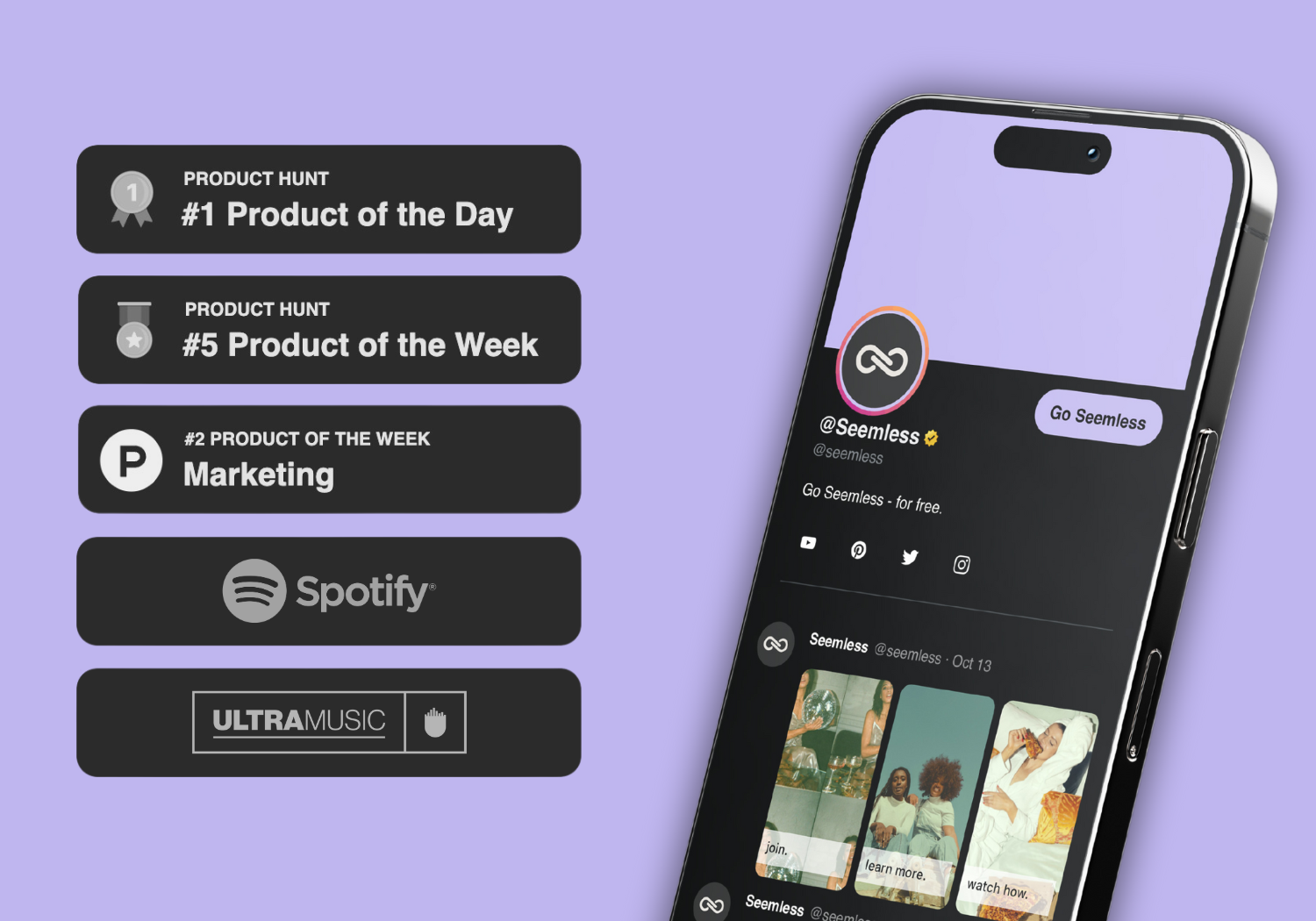User-Generated Content (UGC) has emerged as a powerful force in the digital landscape, reshaping how brands engage with their audiences. UGC refers to any form of content—be it text, images, videos, or reviews—that is created by users rather than brands themselves. This phenomenon has gained traction with the rise of social media platforms, where individuals share their experiences and opinions about products and services.
The authenticity and relatability of UGC resonate with consumers, making it a vital component of modern marketing strategies. The significance of UGC lies in its ability to foster community and trust. In an era where consumers are increasingly skeptical of traditional advertising, content created by fellow users often carries more weight.
It serves as social proof, influencing purchasing decisions and brand loyalty. As businesses recognize the value of this organic content, they are increasingly incorporating UGC into their marketing campaigns, creating a symbiotic relationship between brands and their customers. This article delves into the multifaceted world of UGC content creation, exploring the responsibilities of creators, the types of content produced, the tools utilized, and the skills necessary for success.
Key Takeaways
- UGC content creation involves users creating and sharing content related to a brand or product.
- Responsibilities of a UGC content creator include creating authentic and engaging content, following brand guidelines, and engaging with the audience.
- Types of UGC content include reviews, testimonials, social media posts, videos, and blog posts.
- UGC content creators use tools and platforms such as social media, content management systems, and video editing software.
- Successful UGC content creators possess skills such as creativity, storytelling, and photography, as well as qualities like authenticity and passion for the brand.
Responsibilities of a UGC Content Creator
Creating Engaging and Authentic Content
The role of a UGC content creator goes beyond just producing content; it involves a range of responsibilities that require creativity, strategic thinking, and an understanding of audience dynamics. A primary responsibility is to generate engaging and authentic content that resonates with the target audience. This involves not only showcasing products or services but also telling a story that aligns with the brand’s values and mission.
Capturing Emotional Moments and Maintaining Brand Voice
Creators must be skilled at capturing moments that evoke emotions, whether through stunning visuals or compelling narratives.
This balance is crucial as it ensures that the content feels genuine and relatable while still adhering to the brand’s guidelines.
Building a Community through Engagement
Creators must also engage with their audience by responding to comments, participating in discussions, and encouraging further interaction. This two-way communication fosters a sense of community and loyalty among followers, which is essential for building a strong brand presence.
Types of UGC Content

User-generated content manifests in various forms, each serving distinct purposes and appealing to different audience segments. One prevalent type is social media posts, where users share their experiences with products or services through photos, videos, or stories. Platforms like Instagram and TikTok have become hotspots for such content, allowing users to showcase their creativity while promoting brands organically.
For instance, a beauty brand may encourage customers to post makeup tutorials using their products, creating a wealth of authentic content that can be repurposed for marketing. Another significant category of UGC includes reviews and testimonials. These written accounts provide potential customers with insights into the experiences of others, helping them make informed purchasing decisions.
Websites like Yelp and TripAdvisor thrive on user reviews, where individuals share their thoughts on restaurants, hotels, and attractions. Brands can leverage these testimonials in their marketing materials to build credibility and trust among prospective customers. Additionally, blogs and forums serve as platforms for in-depth discussions and reviews, further enriching the landscape of UGC.
Tools and Platforms Used by UGC Content Creators
To effectively create and share user-generated content, creators utilize a variety of tools and platforms designed to enhance their workflow and reach. Social media platforms such as Instagram, TikTok, Facebook, and Twitter are primary venues for sharing UGEach platform offers unique features that cater to different types of content; for example, Instagram’s emphasis on visuals makes it ideal for photo-centric posts, while TikTok’s short-form video format encourages creativity through quick edits and engaging storytelling. In addition to social media platforms, creators often rely on editing tools to enhance their content quality.
Applications like Adobe Lightroom for photo editing or Final Cut Pro for video editing allow creators to polish their work before sharing it with their audience. Furthermore, analytics tools such as Google Analytics or social media insights help creators track engagement metrics, providing valuable feedback on what resonates with their audience. This data-driven approach enables creators to refine their strategies and produce more effective content over time.
Skills and Qualities of a Successful UGC Content Creator
Success as a UGC content creator hinges on a combination of skills and personal qualities that enable individuals to connect with their audience authentically. Creativity is paramount; creators must possess the ability to think outside the box and develop unique concepts that capture attention. This creativity extends beyond visual aesthetics; it also encompasses storytelling skills that allow creators to weave narratives that resonate emotionally with viewers.
In addition to creativity, strong communication skills are essential for engaging with audiences effectively. A successful creator must be able to articulate ideas clearly and respond thoughtfully to comments and messages from followers. Adaptability is another critical quality; trends in social media can shift rapidly, requiring creators to stay current with emerging formats and audience preferences.
Finally, a genuine passion for the subject matter can significantly enhance a creator’s authenticity, making their content more relatable and trustworthy.
Importance of UGC Content in Marketing

Building Trust with Authenticity
The integration of user-generated content into marketing strategies has proven to be highly effective for brands seeking to enhance their visibility and credibility. One of the primary advantages of UGC is its ability to build trust among consumers. When potential customers see real people using a product or service, they are more likely to perceive it as reliable and worth investing in.
Driving Conversions and Sales
This trust translates into higher conversion rates; studies have shown that UGC can lead to increased sales as consumers feel more confident in their purchasing decisions. Moreover, UGC fosters community engagement around a brand. By encouraging customers to share their experiences, brands create a sense of belonging among their audience.
Fostering Loyalty and Thought Leadership
This community-driven approach not only enhances customer loyalty but also generates valuable feedback that can inform product development and marketing strategies.
Challenges Faced by UGC Content Creators
Despite the numerous benefits associated with user-generated content creation, creators face several challenges that can hinder their success. One significant challenge is maintaining consistency in quality and engagement levels. As creators strive to produce high-quality content regularly, they may encounter creative blocks or burnout, leading to fluctuations in output.
This inconsistency can affect audience engagement and diminish the perceived value of their contributions. Another challenge lies in navigating copyright issues and ensuring proper attribution for user-generated content. Creators must be vigilant about respecting intellectual property rights when using others’ work or when collaborating with brands.
Missteps in this area can lead to legal complications or damage relationships with both audiences and brands. Additionally, as competition among creators intensifies, standing out in a crowded marketplace becomes increasingly difficult. Creators must continuously innovate and adapt their strategies to capture attention amidst an ever-evolving digital landscape.
Tips for Becoming a Successful UGC Content Creator
Aspiring UGC content creators can benefit from several strategies aimed at enhancing their effectiveness and visibility in the digital space. First and foremost, it is crucial to identify a niche that aligns with personal interests and expertise. Focusing on a specific area allows creators to build authority within that domain while attracting an audience that shares similar passions.
Whether it’s fashion, travel, food, or technology, carving out a niche helps establish a unique identity in a competitive environment. Engaging consistently with followers is another vital tip for success. Regularly posting content while interacting with comments fosters a sense of community and encourages audience loyalty.
Creators should also consider collaborating with other influencers or brands within their niche; such partnerships can expand reach and introduce new audiences to their work. Additionally, staying informed about industry trends and emerging platforms enables creators to adapt quickly and leverage new opportunities for growth. Investing time in learning about analytics can also provide valuable insights into audience preferences and behaviors.
By understanding what types of content perform best, creators can refine their strategies accordingly. Lastly, embracing authenticity is key; audiences are drawn to genuine voices that reflect real experiences rather than overly polished marketing messages. By staying true to themselves and sharing honest perspectives, creators can cultivate lasting connections with their audience while contributing meaningfully to the world of user-generated content.
If you’re interested in learning more about optimizing your social media presence as a UGC content creator, you may want to check out this article on Linktree vs. Later. This comparison can help you decide which platform is best for organizing and sharing your content effectively.
FAQs
What is a UGC content creator?
A UGC (User Generated Content) content creator is an individual who creates and shares content on social media platforms, websites, or other digital channels. This content can include photos, videos, reviews, and other forms of media that are created by users rather than brands or professional content creators.
What does a UGC content creator do?
A UGC content creator is responsible for generating and sharing content that is authentic, relatable, and engaging for their audience. They may create content that showcases products, services, or experiences, and often collaborate with brands to promote their offerings to their followers.
How does a UGC content creator differ from other content creators?
UGC content creators differ from other content creators in that their content is created by users rather than brands or professional creators. Their content is often more authentic and relatable, as it is based on their own experiences and perspectives.
What are the benefits of working with a UGC content creator?
Working with a UGC content creator can provide brands with access to a wider audience, increased engagement, and a more authentic representation of their products or services. UGC content creators often have a loyal following and can help to build brand awareness and credibility.
How can someone become a UGC content creator?
To become a UGC content creator, individuals can start by creating and sharing content on social media platforms or other digital channels. They can focus on creating content that is authentic, relatable, and engaging, and build a following by engaging with their audience and collaborating with brands.

